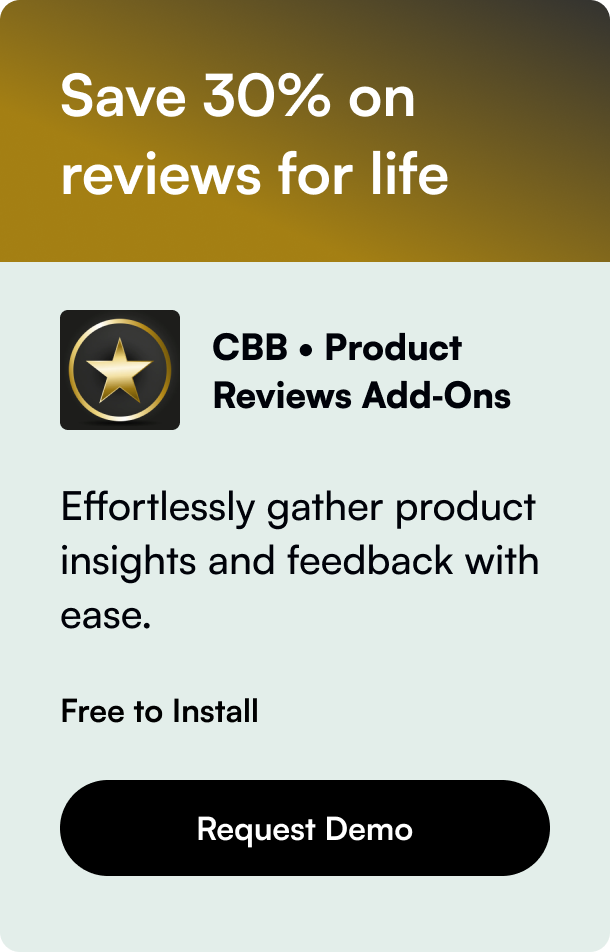Table of Contents
Navigating the digital world of eCommerce can be intimidating, especially when it comes to the technicalities like changing your website URL on Shopify. Perhaps you're rebranding, or maybe you've acquired a more fitting domain name that aligns perfectly with your online store's mission and products. Whatever the reason, altering your Shopify website URL is a crucial step in reinforcing your brand identity online. But worry not! This comprehensive guide intends to streamline this process, ensuring that you can undertake this task with confidence and precision.
Introduction
Did you know that the first impression is formed within just 50 milliseconds? Yes, that includes your URL too! A URL isn't just an address to your online store; it's an introduction, a first impression, and in many instances, a lasting memory. Hence, the necessity of ensuring it aligns with your brand identity cannot be overstated. As your Shopify store evolves, a time might come when changing its URL becomes not just necessary but imperative for continued success. Fear not, for the process is more straightforward than it appears, and by the end of this article, you'll be equipped to navigate this change seamlessly.
We'll uncover the step-by-step process of changing your Shopify store's website URL. Moreover, we'll delve into the implications of this change on SEO, user experience, and overall brand perception. Whether you're gearing up for a rebrand, simplifying your current URL, or switching to a custom domain for a more professional presence, this guide is designed to cater to all your needs.
Understanding the Basics
Before we dive into the "how-tos," it's essential to distinguish between the two types of URLs your Shopify store utilizes: the primary domain (visible to your customers) and the myshopify.com URL used for logging into your account and backend operations. While you may aim to change the primary domain to better represent your brand, the myshopify.com URL remains a constant, essential for administrative purposes.
Changing Your Primary Domain on Shopify
The journey to changing your Shopify store's URL begins with understanding the importance of your primary domain. It’s the front-facing URL customers will see and interact with - essentially your brand's digital front door.
Purchase or Connect Your New Domain: Before anything else, acquire your new desired domain if you haven't already. Shopify offers an in-built service to purchase domains, or you can acquire one through third-party providers like GoDaddy or Namecheap.
Setting Your New Domain as Primary: Once your new domain is ready and connected to your Shopify store, navigate to your Shopify admin dashboard. Under the ‘Online Store’ and ‘Domains’ sections, you can set your newly acquired domain as the primary domain with a simple click.
Redirection and SEO Considerations: Post changing your primary domain, ensure to set up redirections from your old URL to the new one. This step is vital for maintaining SEO ranking and ensuring that visitors attempting to access the old URL are seamlessly directed to the new address.
Why the Fuss About Domains?
A domain name holds more power than one might assume. It’s a potent tool in the SEO arsenal, a key player in brand recognition, and significantly impacts user experience. An aptly chosen domain can be the difference between standing out in the digital sea or blending into obscurity.
SEO Implications and Best Practices
One of the biggest concerns with changing your website URL is the potential impact on SEO. However, with proper planning and execution, you can ensure a smooth transition:
301 Redirects: These are crucial for telling search engines that your site's address has changed permanently, directing both users and search engine crawlers to the new URL.
Update Your Backlinks: Reach out to websites linking to your store and update your URL wherever possible. This aids in retaining link equity.
Inform Google: Use Google Search Console to inform Google of your URL change. This speeds up the process of reindexing your site under the new URL, helping retain your search ranking.
Concluding Thoughts
Changing your Shopify store's URL is a significant step, yet one that's entirely manageable with the right knowledge and tools at your disposal. Whether it's to reflect a rebrand, streamline user experience, or optimize for search engines, the change can significantly impact your online presence. By carefully planning and applying the outlined steps, you are setting your store up for continued success in the digital marketplace.
FAQs
Q1: How often can I change my Shopify store's URL?
You can change your primary domain as often as necessary, but it's recommended to keep changes minimal to maintain brand consistency and SEO rankings.
Q2: Will changing my Shopify store's URL affect my existing customers?
Your existing customers should experience no negative effects if you properly implement 301 redirects and communicate the change effectively.
Q3: Can I revert back to my old Shopify URL after changing it?
Yes, you can revert back to any previous primary domains you've set, provided you still own the domain.
Q4: How long does it take for a new domain to become active on Shopify?
It can take up to 48 hours for a new domain to fully propagate and become active across the internet.
Q5: Do I need to notify Google manually about my domain change?
While not mandatory, it’s recommended to use Google Search Console to facilitate quicker reindexing and minimize any negative SEO impacts.










